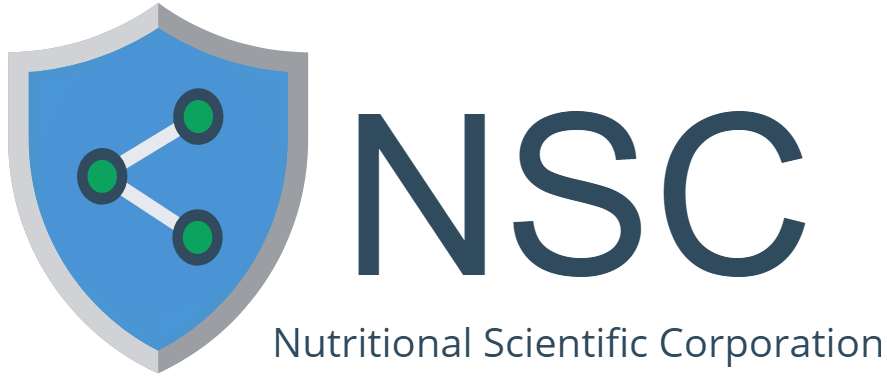Energy
Energy
Related Products
-
Energy, Immune System
NSC Energy Pkg – 4 Products – 48% Discount.
Original price was: $189.35.$99.90Current price is: $99.90. -
Allergy Defense, Energy, Immune System, Respiratory
Immunition NSC Allergy Formula w/MG Beta Glucan!
Original price was: $39.95.$33.96Current price is: $33.96.
Club 24 price: $30.36 -
Digestion
Immunition NSC SuperZymes (Digestive Enzymes)
Original price was: $39.95.$33.96Current price is: $33.96.
Club 24 price: $30.36


